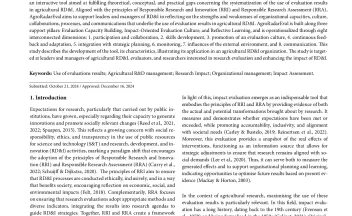Uruguayan grasslands: a threatened natural asset.

ABSTRACT.- Grasslands are often mis-defined, mainly due to the legacy of colonial narratives in several regions, which have described them as deforested, unproductive or wastelands. They have been largely ignored in global conservation and protection policies, leading to increased exploitation. Although there is much accumulated evidence on the ecosystem services that grasslands provide, in Uruguay, this ecosystem is still neglected in parts of society and for most sustainability policies.

